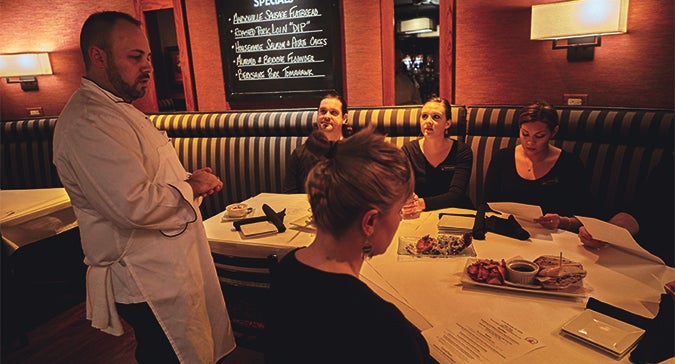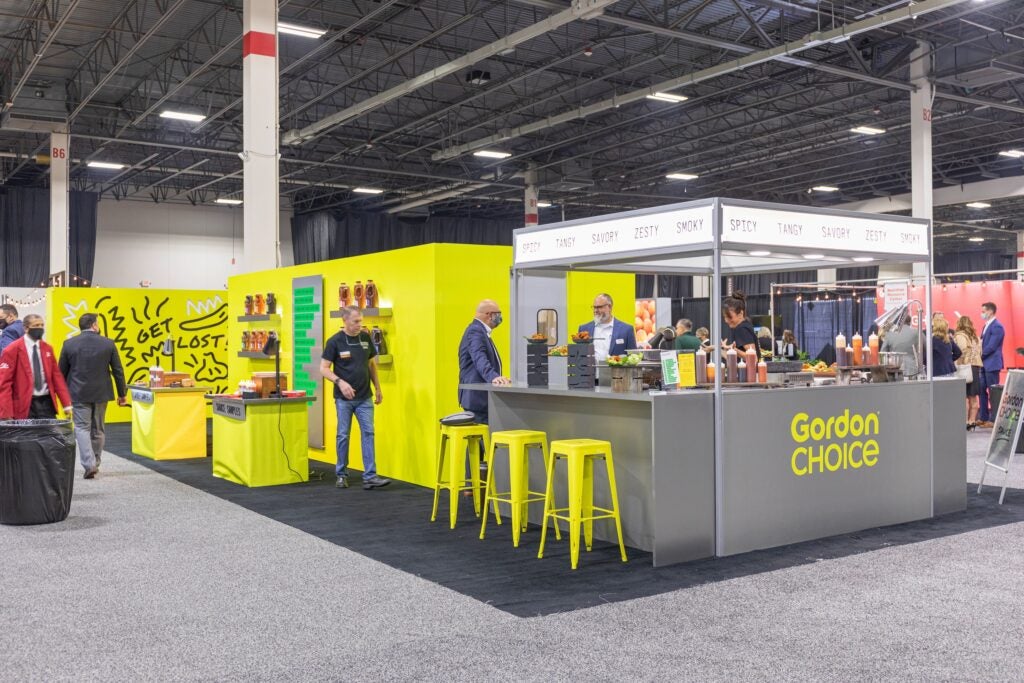Create a plan to evolve and prioritize what needs to be done.
Change is difficult. Most people dislike uncertainty and ambiguity, and change creates plenty of both. But change is inescapable, especially in commercial foodservice, where everything from food costs to consumer preferences is in flux.
Dealing with change can seem overwhelming, but it’s vital to success. Here, several Gordon Food Service experts share strategies for managing change.
Stay on top of change
Boucherville, Quebec-based District Sales Representative Steve Busque says industry reports he receives from Gordon Food Service and consultations with the company’s specialists keeps him up to speed.
“My strategy is to keep myself well-informed on what is occurring in food distribution, and to know what industry trends are so I can communicate them,” Busque says. “That way, I become an asset for my clients, and my relationship with them is a key element of their business.”
Embrace the right changes
“Change is always good” when it comes to menus, contends Ottawa-based District Sales Representative Duane Keats. “You want to keep your signature dishes on the menu, but your regulars also want to see variety. ”
“Gear toward local, seasonal items as much as possible,” says Vancouver-based District Sales Representative Pam Endrizzi. Monitoring changes in seasonal availability can be challenging for independent operators, “But that’s what we’re here for,” she adds.
Be ready to act on changes
A willingness to change menus can enhance profitability. One example: Menu moves at Jamie Myers’ restaurant, Jake’s Grill & Oyster House in Burlington, Ontario.
“Jamie switched from an old-style static menu that was professionally printed and laminated and meant to last a long time to a one-page, self-printed insert he changes at least monthly,” explains Ontario-based District Sales Representative John Barbara. “Any dogs come off the menu really fast. This approach also enables Jamie to easily adjust prices based on food costs.”
Don’t shy away from tough changes
“Many independent operators are terrified to raise prices,” Barbara says. “They’re convinced they’ll lose customers. But if you deliver an experience customers want, they’ll pay what it takes to get it.”
Manitoba-based District Sales Representative Erica Instance suggests a gradual approach. “If you need to raise the price on a dish by a dollar or two, spread it out in 25-cent increments over six or eight months. Your customers may not even notice.”
One way to avoid raising prices is to change ingredients. Nova Scotia-based District Sales Representative Dave Deveau tells of a customer who, in sourcing double-smoked bacon from a local farm, “was paying five times the cost of Gordon Food Service bacon and using it for everything.” Deveau convinced him to use the local bacon for only a signature dish or two, and use the more affordable bacon everywhere else—greatly reducing his costs. The lesson? Don’t be locked into existing menu paradigms.
Focus on operational flexibility
Hiring staffers who can roll with change is essential. “Some of the most successful operators I work with are constantly training junior employees to perform certain tasks usually reserved for management,” says Alberta-based District Sales Representative Dylan Stilwell. “So if a senior chef or front-of-the-house manager leaves, you have an employee who can assume that job with minimal time and effort spent in retraining.”
New leaders, Keats advises, should remember that “You can’t change everything at once. The staff is likely to be in shock, so tread carefully. Be honest and upfront, and change just a few things at a time. You have to gain their trust for them to respect you.”
Earn respect—and facilitate change—by involving employees in your decision process. “The next time you are contemplating a menu change, ask for their opinion, says Alberta-based Culinary Advisor Eric Gibson. “Front-line employees are often more in tune with your customers’ palates than you might be. Ask them to taste-test chef creations. Include them in naming the dish. You might be amazed at the creativity that comes forth.”
Minimize staffing changes
Staff turnover makes other changes harder. “Turnover is a large cost for an operator,” Stilwell says, citing hiring, training, and missed-opportunity costs. “Proper compensation is key. Community staff meals are great; a free meal can go a long way for someone juggling expenses. A benefits program can also mean the world to an employee.”
Recognizing employees’ contributions is another way to reduce turnover. “People crave recognition,” Gibson says. “An employee-of-the week/month program, with a reward like preferential parking or a free meal, can work wonders. Praising a staff member in front of his or her peers costs nothing but will pay huge dividends in how that individual feels about their job and you.”










